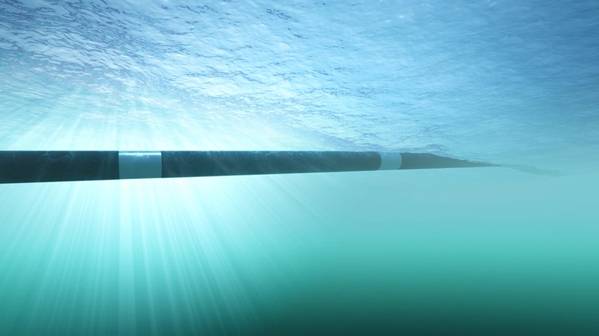
Repairing a subsea gas pipeline connecting Finland and Estonia that was shut on Sunday due to a suspected leak could take months or more if a puncture is confirmed, Finnish gas system operator Gasgrid said.
The Balticconnector pipeline suffered a sharp drop in pressure, and work is ongoing to confirm the exact location and cause of the outage in the coming days, the company said in a statement.
"If it appears that the unusual pressure drop observed in the morning of Oct. 8 ... is due to a leak (that) caused damage to the pipe, repair work may take at least several months depending on nature of the damage," Gasgrid said.
The valves of the pipeline have been shut to prevent more gas from escaping.
The 77 km (48 miles) Balticconnector pipeline between Inkoo in Finland and Paldiski in Estonia crosses the Gulf of Finland, an arm of the Baltic Sea that stretches eastwards into Russian waters and ends at the port of St Petersburg.
In 2022, the larger Nord Stream gas pipelines under the Baltic Sea between Russia and Germany were damaged by explosions that authorities have said were deliberate acts of sabotage.
Sunday's drop in pressure was registered just before 2 a.m. local time (2300 GMT) by Gasgrid in Finland and Estonian gas transmission system operator Elering.
Hourly data from Elering showed a sudden drop in pipeline pressure at 2300 GMT from 34.5 bar to around 12 bar and then a further decline one hour later to just 6 bar, suggesting the contents had leaked into the ocean.
Unlike the blasts that destroyed Nord Stream, which were detected by earthquake measurement stations, there was no immediate sign of seismic activity near Balticconnect, according to data from Norway's Norsar and the University of Helsinki.
The pipeline, which can export in either direction depending on where demand is greatest, was transporting a volume of around 30 gigawatt hours of gas per day from Finland to Estonia at the time of the incident, Gasgrid said earlier.
Both Elering and Gasgrid said consumers in their respective countries continued to receive gas from other sources.
(Reuters - Reporting by Terje Solsvik; Editing by Barbara Lewis and Ros Russell)